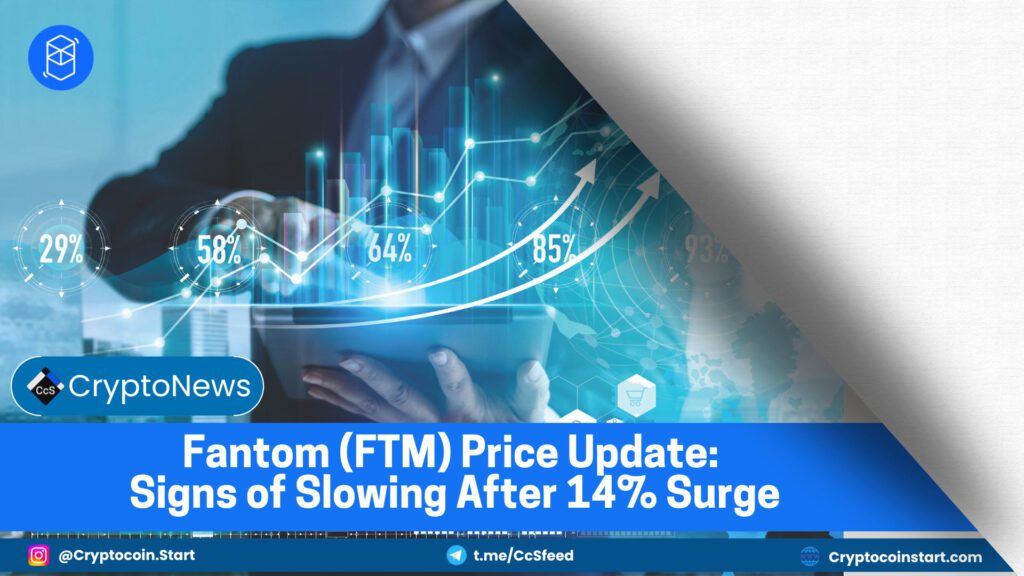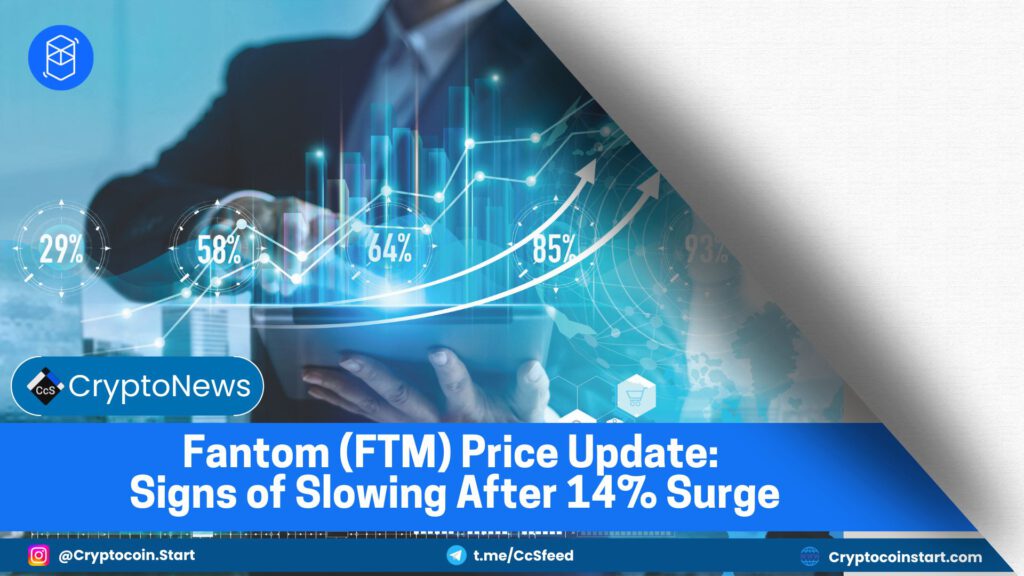
Fantom (FTM) Price Analysis: Recent Surge and Future Prospects
Fantom (FTM) has been in the spotlight recently, celebrating a notable 14% gain over the past week. After climbing from approximately $0.66 on October 13 to around $0.78 by October 15, this cryptocurrency has captured the attention of traders and investors alike. However, as FTM approaches a critical juncture, signs of weakening momentum are raising questions about whether this upward trend can continue or if a reversal is on the horizon.
Current Price Movement: The Rally and Its Implications
FTM’s price surge is certainly impressive, but the market now faces pivotal moments. After the rapid rise, the price seems to be stabilizing, which could indicate a pause before the next significant movement. Traders are keenly observing this stabilization phase to gauge the next direction of FTM.
Weakening Momentum Signals: Understanding ADX
A key indicator that warrants attention is the Average Directional Index (ADX). Currently, FTM’s ADX stands at 28.85, down from 32 just a day earlier. This decline suggests that the strong bullish momentum that propelled FTM’s price upward may be waning.
What is ADX?
The ADX is a valuable tool for traders, measuring the strength of a trend regardless of its direction. Here are some key points to understand about ADX:
- Values above 20 indicate a trending market.
- Readings above 30 denote a strong trend.
The recent drop in FTM’s ADX signals that the bullish energy might be dissipating, and traders need to be vigilant.
Exchange Supply Dynamics: A Bullish Signal?
Another factor contributing to Fantom’s recent price movement is the decline in its supply on exchanges. Between October 13 and 14, FTM’s supply on exchanges dropped from 712 million to 688 million. This reduction suggests that fewer tokens were available for sale, aligning with the price increase.
Typically, a decrease in exchange supply is viewed as a bullish sign, indicating that holders are not inclined to sell their tokens. Conversely, an influx of tokens into exchanges can be seen as bearish, often signaling that traders are preparing to liquidate their positions.
Current Exchange Supply Status
After the initial drop, the exchange supply of FTM has stabilized. Keeping a close watch on this metric is essential, as any fluctuations could provide insights into market sentiment. If supply begins to rise again, it could hint at a bearish shift among traders.
EMA Indicators: A Mixed Signal
Fantom’s Exponential Moving Averages (EMAs) present a mixed picture. Currently, the short-term EMAs are positioned well above the long-term EMAs, suggesting a bullish trend. However, following the recent price surge, these short-term EMAs have begun to curve downward.
What a “Death Cross” Could Mean
If the short-term EMAs cross below the long-term EMAs, this would create a “death cross,” a bearish signal often associated with potential trend reversals. Should this scenario unfold, FTM’s price could test lower support levels around:
- $0.65
- $0.59
Conversely, if Fantom can regain its bullish momentum, it might challenge resistance levels at:
- $0.76
- $0.85
- $0.96
Successfully breaking through these resistance levels could open the door for further gains, potentially pushing FTM towards $0.85 or even $0.96, marking its highest price since May.
Key Support and Resistance Levels
For traders, it’s crucial to monitor key support and resistance levels in the upcoming days. The following levels are essential:
- Support Levels: $0.65, $0.59
- Resistance Levels: $0.76, $0.85, $0.96
Keeping an eye on these levels can help traders make informed decisions as the market evolves.
Conclusion: What Lies Ahead for Fantom?
Fantom (FTM) has showcased impressive growth recently, but current indicators suggest a possible slowdown. As momentum appears to weaken and exchange supply stabilizes, traders should exercise caution. The next few days will be critical in determining whether FTM can maintain its upward movement or if it faces a potential reversal toward lower support levels.


